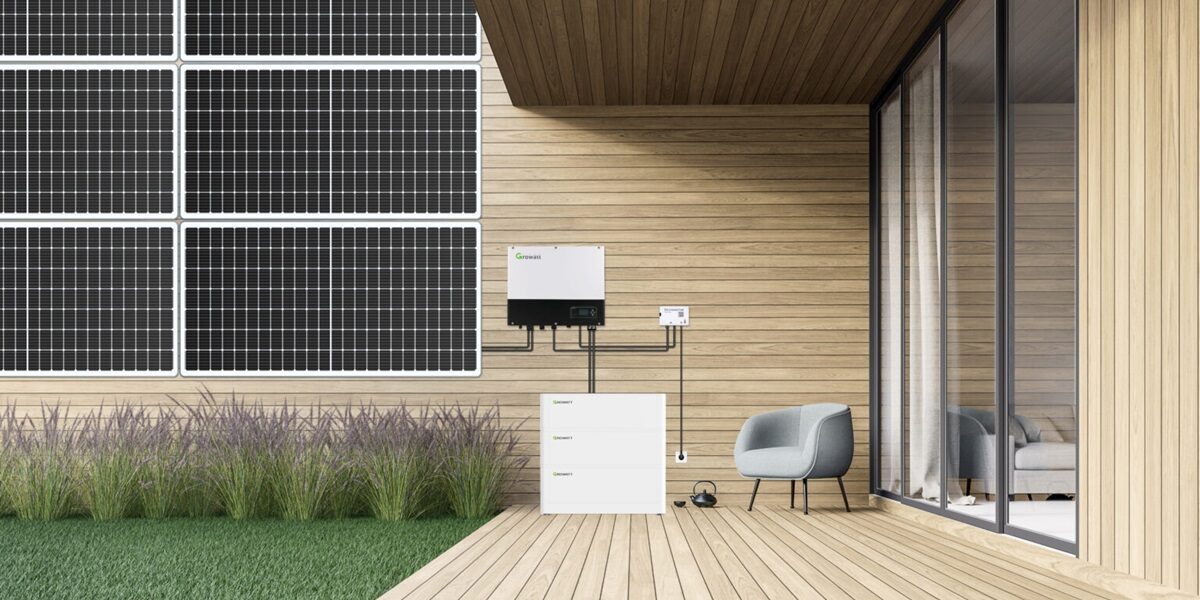SolarPower Europe has released a handbook on agrivoltaics, detailing agrisolar archetypes, business cases, agricultural and environmental factors, and real-life project examples. It also urges European policymakers to boost support for agrisolar development.
SolarPower Europe has developed an agrisolar handbook with the farming industry to guide projects. It said the resource for farmers and solar developers is a “win-win-win” for agriculture, energy, and society.
The handbook lists benefits such as up to a 60% increase in crop yield, depending on crop type, season, regional climate, and PV setup. It also highlights soil temperature changes, with increases of up to 7 C during cold periods and decreases of up to 6 C during warm periods.
The handbook lists additional benefits, including up to an 80% increase in soil carbon storage for solar grazing projects, a 20% to 30% boost in water retention for interrow and elevated PV systems, and a 60% rise in pollinator presence, as observed in one project.
The handbook details the extra income agrisolar projects can offer farmers, primarily through land lease payments from solar developers, direct provision of agricultural infrastructure, or energy bill reductions.
It outlines various agrisolar ownership models, business structures, and revenue sources, as well as 10 agrisolar archetypes tailored to different types of farmland.
The archetypes include projects on arable and permanent crop land, permanent meadows, and covered areas, featuring elevated PV and interspace PV setups with or without livestock grazing. They also cover eco PV initiatives, PV within greenhouses, and installations on farm buildings.
For each archetype, the report presents the business case, agricultural and environmental impacts, and an example case study.
“To fully harness the potential of agrisolar, we must ensure farmers have the tools and incentives to participate,” said Seán Kelly, member of the European Parliament. “This includes simplifying grid connections, streamlining planning approvals, and putting payment schemes in place that encourage collaboration between agriculture and renewable energy. By providing clear pathways and support, we can help farmers embrace this opportunity and contribute to a more sustainable future.”
The report says advancing agrisolar requires a framework linking agricultural and energy policies. SolarPower Europe urges policymakers to clarify that farmers in agrisolar will retain access to Common Agricultural Policy direct payments.
It also calls for dedicated incentives to encourage farmer participation, streamlined permitting and grid connection for agrisolar projects, and improved data collection on agrisolar’s impact on carbon storage, water retention, and biodiversity.
The suggestions follow a policy paper from SolarPower European and the Nature Conservancy, released in October, calling for a cross-sectorial EU policy framework to support the development of nature-inclusive solar parks.
In May, SolarPower Europe published a digital map of more than 200 agrivoltaic projects across the continent, following on from the release of best practice guidelines for agrivoltaics last year.
This content is protected by copyright and may not be reused. If you want to cooperate with us and would like to reuse some of our content, please contact: editors@pv-magazine.com.






